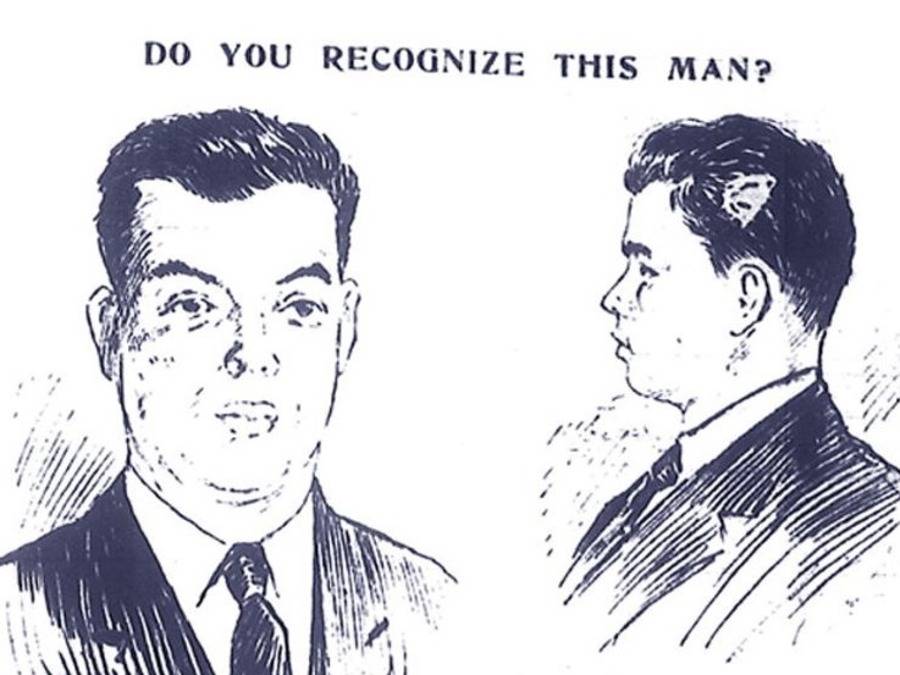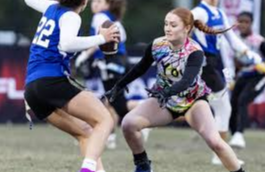Rules and Regulations of the Game: Basketball
In Basketball, there is an objective, strategy, fouls, and sudden death rules on how to win the game. Any positive or negative plays by your team can hurt or help your teams chances of winning or losing. The following paragraphs will show you how these factors can apply in
Objective:
In Basketball, the goal is to get more points than the other team. There are four quarters, each with twelve minutes long, so you must utilize your time well.
Strategy:
When on the court it is always a good idea to have a good strategy. Here are strategies to keep in mind.
Strong Offense: A strong offense will help the team get the best score possible. Having good offensive players can benefit the team because they score all the points and lead your team to a win.
Strong Defense: A strong defense will help the team reduce the score of the other team. This is helpful because if your team gets points on the board quickly and the other team doesn’t, it will increase your odds of winning.
Ability To Score Points: In basketball, to score you must throw, or dunk a ball into the hoop. If you can get the ball into the basket from 23.75 feet away, your team will score three points, any score inside the 23.75 feet marker is two points, and free throws (given by penalty, which will be discussed later) will give you one point.
Jump Ball: WHAT? Ok, a jump ball is at the start of a game, and after halftime when one player from each team tries to throw the ball backward to their team. If you win the jump (meaning you got the ball to your team first) your team will get the first chance to score points. If you’re on the scoreboard first, you can demotivate the other team and start stacking points on them quickly to have a better chance at winning. The players that tend to jump the ball are usually the tallest player on the team or the highest vertical jumper.
Rebounds: Make sure that your team knows how to rebound the ball. If the other team keeps rebounding their own shot they have another chance to score which may or may not add to their total score.
Defensive Shot Clock Pressure: When a team is on offense, they have thirty seconds to score. If the defense can apply good pressure and not allow a shot for twenty-eight seconds, it will leave the person with two seconds to take a shot they don’t want to take meaning they have a high chance of missing the shot.
Hustle: If your team has low time left in the game and needs a tie, or winning score, they need to get down the court quickly. Not doing this will lead to a low time, needed shot from a far away distance, which reduces the chances of a score.
Timeouts: Each half (two quarters) you will have five timeouts. Now, the timeouts can help you do one or multiple of these things, one: rest your team before going back on the court, two: stop the clock, or three: give leadership as a coach for a team plan. But with every positive, there is a negative. You can only call a timeout on offense.
The reasons shown above are several ways in which you can use basketball strategy to win a game.
Fouls:
Fouls are crucial to winning or losing a game. Here are some fouls that are possible in basketball.
Strip Ball: A strip ball is caused by two players or more pulling on the basketball for possession. If the pulling continues over five seconds the referee will blow the whistle, and say which team will start with the ball. How is the possession by the referee picked? Each team will take turns, meaning when there is a strip ball, one team will get the ball, and the next strip ball, the other team will get it regardless of who originally had possession of the ball in the first place.
Holding: If you hold the opponent’s jersey, a foul will be drawn. The ball will then come back into play by a throw-in out of bounds to which the thrower has 5 seconds to get the ball out of their hands, or else, the possession will turn over. If six personal fouls by the same person are committed in the forty-eight minute gameplay, the person will be ejected. When a single player is at four or five fouls, it is meaning they are in “foul trouble.” This means for the rest of the game, they must watch their foul count.
Blocking Shots: Blocking shots are good. However, you as a defensive player cannot make any contact with the offensive player, meaning when they try to score you can’t touch their body. If you do happen to hit them while they shoot, they get a free throw (One point apiece) and get one or two depending on if they made the shot. If they make the shot, one free throw is allowed, if not, two free throws are allowed.
These are a few ways fouls can come into play when playing basketball.
Sudden Death:
Sudden Death occurs when two teams have the same score at the end of regulation. Each overtime period is five minutes long. Each team will have two sixty-second timeouts. Only three fouls are allowed by the whole team. If more fouls are committed then three, no one gets ejected, however, the other team will get a bonus. Bonus means for every foul the other team commits after the three there allowed to have, the opposing team will get one bonus shot. A bonus shot is simply one extra free throw after the overtime period or during overtime, whenever the coach wants to use the free shots.
Objectives, Strategy, Fouls, and Sudden Death Rules can affect teams in basketball games. All of these topics are crucial to success in a game. Without knowing what to do on the court can hurt a teams chances of winning a game. In conclusion, Objectives in mind, Strategies on how to win, Fouls committed in a game, and Sudden Death Rules can affect a team’s winning chance and are the rules and regulations of the game.

Jacob Kolb is a senior and is the sports editor for The Advocate for two consecutive years now working on his third. When he is away from school, he enjoys...





































































































































Robert • Jul 8, 2020 at 12:04 am
Thank you for this information.
https://www.sports360az.com/
Steve • Feb 28, 2020 at 12:36 am
Thank you for this information, I appreciate your effort, please keep us update.
https://www.sports360az.com/